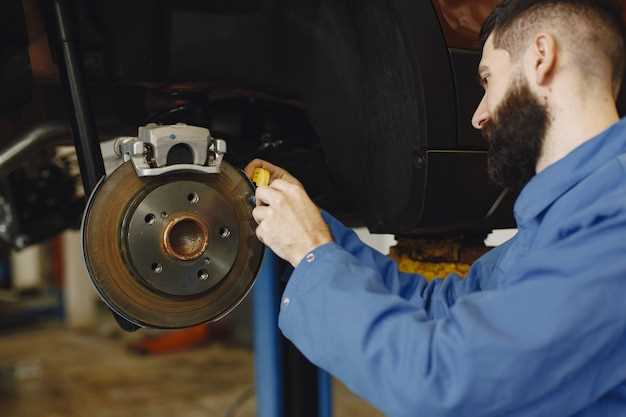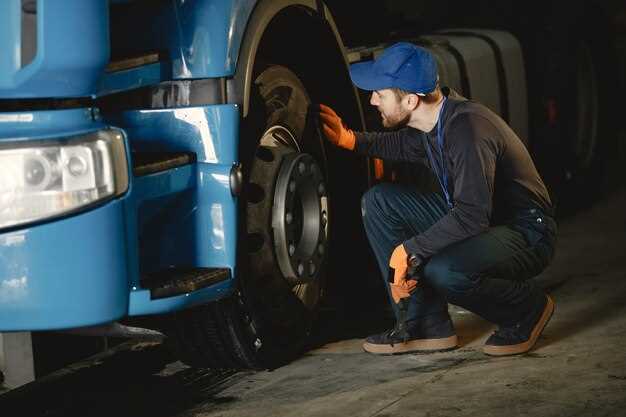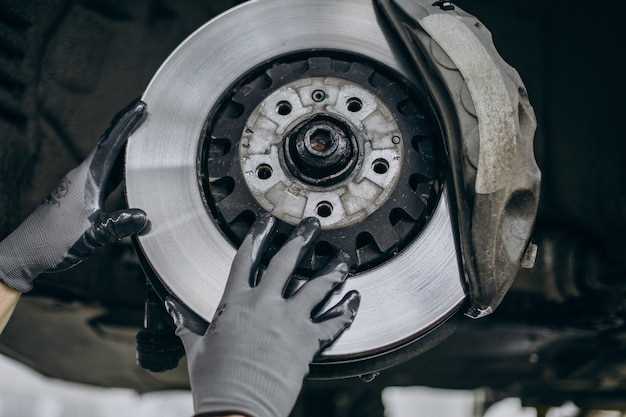
Wheel bearing failure can lead to significant safety issues and costly repairs if not addressed promptly. These small but essential components help your truck’s wheels rotate smoothly and support the weight of the vehicle. Over time, wear and tear can take a toll on bears, affecting your truck’s performance and safety on the road.
Recognizing the signs that your wheel bearing may need replacement is crucial for any truck owner. Common indicators, such as unusual noises, vibrations, and uneven tire wear, can provide early warnings of potential issues. Ignoring these signs can result in extensive damage to your truck, ultimately leading to more expensive repairs and compromising your safety.
This article will explore the key signs that indicate the need for replacing your truck wheel bearing. By understanding these symptoms, you can take proactive measures to ensure the longevity of your vehicle and maintain a safe driving experience.
Understanding Unusual Noises Coming from Your Wheels

Unusual noises emanating from your truck’s wheels can be a significant indicator of underlying issues, particularly concerning the wheel bearings. Recognizing these sounds and understanding their implications is crucial for maintaining your vehicle’s performance and safety.
Common types of noises that may signal a problem include:
- Grinding Noise: This sound often indicates that the wheel bearings are worn out and may require immediate attention. Prolonged operation with worn bearings can lead to further damage.
- Humming or Moaning: If you hear a humming noise that changes with speed, it can suggest that the bearings are developing issues. It’s essential to inspect them before the situation worsens.
- Clunking Sound: When accelerating or turning, a clunking noise may mean that components within the wheel assembly or bearings are loose or failing. This should be investigated right away.
Understanding the cause of these noises can help you determine the urgency of the required repairs:
- If the grinding noise is consistent, it may lead to complete wheel bearing failure.
- A constant humming sound that increases with speed may indicate imminent bearing failure.
- Clunking noises often accompany significant component issues that may impact drivability.
Pay attention to the sounds your wheels make while driving. Early detection and proactive measures can save you from costly repairs and ensure a safe driving experience.
Identifying Vibrations and Their Impact on Steering

Vibrations in your truck can be a significant indicator of underlying issues, particularly with the wheel bearings. When these components begin to wear out, they may cause not only irregular noise but also noticeable vibrations. These vibrations often manifest when accelerating or at higher speeds, making the steering feel less stable.
Recognizing the Source of Vibrations: When wheel bearings are failing, you might first notice a low rumbling or grinding noise that often accompanies the vibrations. This sound can be more pronounced during turns, indicating uneven weight distribution. It’s essential to pinpoint whether the vibration is felt through the steering wheel or the entire vehicle, as this can help isolate the problem more effectively.
Impact on Steering Precision: As the condition of wheel bearings deteriorates, the truck’s steering can become less responsive. The vibrations occur because the damaged bearings create excessive play in the wheel assembly, which alters the alignment and affects the overall handling. When you encounter vibrations accompanied by a wobbling steering wheel, it’s critical to address the issue immediately, as this can lead to compromised control over the vehicle.
Ignoring these vibrations can lead to further mechanical problems and safety hazards. Regular inspections can help detect these issues early and ensure that your truck remains safe and reliable on the road. If vibrations persist, it is advisable to consult a professional to assess the condition of the wheel bearings and related components.
Recognizing Signs of Uneven Tire Wear and Its Causes
Uneven tire wear is a critical indicator of underlying issues with your truck’s wheel bearings and suspension system. It can manifest as bald spots, cupped areas, or excessive wear on one side of the tire. Recognizing these patterns early can save you from costly repairs and ensure your safety on the road.
One common cause of uneven tire wear is the condition of the wheel bearings. Worn or damaged bearings can lead to misalignment, causing tires to wear unevenly. You might also notice unusual noises coming from the wheels when the bearings are failing, which can further indicate that your truck requires attention.
Improper tire pressure is another contributing factor. If tires are over-inflated or under-inflated, they will not make proper contact with the road surface, leading to uneven wear. Regularly checking tire pressure can help mitigate this problem and extend the life of your tires.
Additionally, suspension issues can exacerbate uneven tire wear. Worn shock absorbers or struts can affect how your truck handles, leading to irregular tire contact with the road and subsequent wear patterns. If you notice significant tire wear, it’s essential to inspect these components alongside the wheel bearings.
In summary, keeping an eye on the tire wear patterns and listening for any unusual noises can help you gauge the condition of your truck’s wheel bearings and overall health. Addressing these signs promptly will contribute to safer driving conditions and prolonged vehicle longevity.




